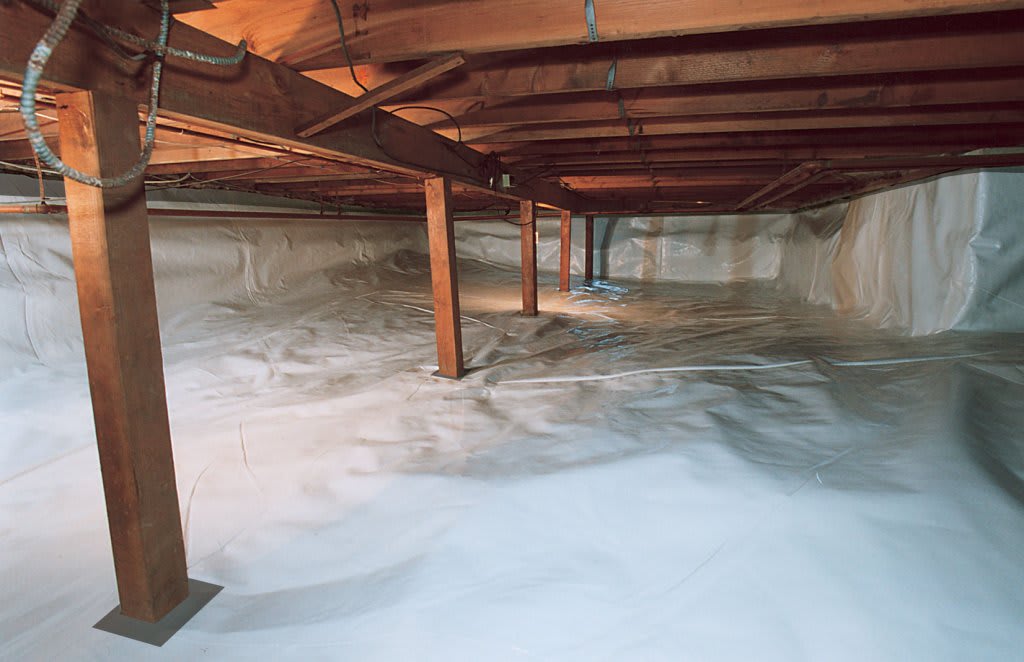Understanding the Importance of Basement Waterproofing
Basement waterproofing is crucial for the maintenance and safety of your home. Moisture and water damage can compromise a building’s structural integrity and lead to significant repair costs. Addressing such issues proactively can save homeowners considerable expense and hassle in the long run. Additionally, damp basements are breeding grounds for mold and mildew, which pose major health risks to the occupants, ranging from allergic reactions to respiratory problems.
Common Causes of Basement Water Problems
Various factors can contribute to basement water problems, making it crucial to understand the root causes to implement practical solutions. Moreover, ensuring your basement stays dry becomes even more critical for those residing in areas with heavy rainfall or high water tables, such as basement waterproofing in New Jersey. Some of the primary reasons include:
- Poor Drainage: Inadequate drainage systems around the foundation can lead to water seepage. When water isn’t correctly directed away from the house, it can pool around the foundation and eventually infiltrate the basement.
- Cracks in Walls and Floors: Small cracks can allow water to infiltrate the basement. Even minor cracks can lead to major water damage over time as water finds the path of least resistance.
- Hydrostatic Pressure: Groundwater pressure can force water through the basement walls and floors. This pressure can be especially problematic in areas with high water tables or during heavy rainfalls.
- Faulty Gutters and Downspouts: Improper installation or maintenance of gutters can divert water toward the foundation. Ensuring that gutters and downspouts are debris-free and correctly positioned can prevent many water-related issues.
Methods of Basement Waterproofing
Several methods are available for basement waterproofing, including interior and exterior strategies. Every method has its benefits and can be chosen based on the particular needs of the basement. Here are the primary methods:
Interior Waterproofing
Interior waterproofing techniques primarily address issues from inside the basement. While these solutions may not prevent water from entering the cellar initially, they play a crucial role in managing and directing water once it’s inside:
- Sealants: Applying waterproof coatings to walls and floors can help prevent seepage. These coatings provide a primary barrier against moisture and are often used as a first line of defense.
- Drainage Systems: Installing interior drainage systems like French drains can redirect water away from the basement. These systems typically involve channels that direct water to a sump pump, which then expels it from the house.
Exterior Waterproofing
Exterior methods aim to prevent water from entering the basement in the first place. By addressing potential entry points outside the home, homeowners can often achieve more comprehensive protection:
- Excavation and Membrane Application: Excavating around the foundation and applying waterproof membranes can provide a barrier against water. This method is highly effective but can be more costly and labor-intensive.
- Proper Grading: To make sure the ground slopes away from the foundation can help direct water away. This simple step can prevent common water issues by ensuring water flows away from the home rather than towards it.
Importance of Proper Drainage Systems
Drainage systems play a crucial role in preventing water accumulation around the foundation. According to EPA guidelines, adequate drainage and downspouts can significantly reduce moisture problems in basements. In order to control runoff during downpours and stop water from collecting around the foundation and leaking into the basement, proper drainage systems are essential. For these systems to operate properly, routine maintenance and inspection are necessary. This means checking for blockages, ensuring that downspouts are directing water away from the house, and confirming that the grading around the home remains effective.
Materials Used in Basement Waterproofing
Several materials can be used to enhance the waterproofing of basements, each with its specific advantages and uses. These materials form barriers against water or seal existing cracks and gaps:
- Cementitious Products: Easy to apply and ideal for internal waterproofing. These products bond with the existing masonry, providing a durable, waterproof surface.
- Bentonite: Expands when wet, providing an effective seal for cracks. This natural clay material is often used to seal around pipes and other penetrations through basement walls.
- Liquid Rubber: Creates a seamless barrier on walls and floors. Liquid rubber coatings can form a continuous waterproof surface, effectively preventing water ingress.
Regular Maintenance and Inspection
Even the best waterproofing methods may only succeed with regular maintenance and inspection. Homeowners should routinely check for signs of water damage, such as discoloration, mold, or damp spots. These inspections should occur twice a year, before the rainy season, and after significant weather events. Addressing these issues promptly can prevent more severe problems down the line. InterNACHI’s guide on moisture and mold notes that early detection is critical to maintaining a dry and safe basement environment. Additionally, periodic maintenance of waterproofing systems, such as replacing worn sealants or ensuring drainage systems remain unblocked, can extend the life of these protective measures and keep basements dry.
Conclusion
Basement waterproofing is not just about preventing water damage; it’s about ensuring the longevity and safety of your home. Understanding the causes, choosing the proper methods and materials, and performing regular maintenance can help keep your basement dry and your home healthy. Investing time and resources into adequate waterproofing can save homeowners from future hassles and maintain the structural integrity of their homes for years to come. Remember, a dry basement is a healthy basement, and taking the necessary steps now can prevent costly repairs and health issues in the future.




